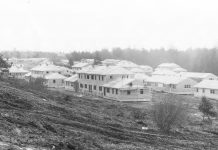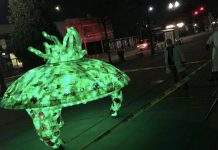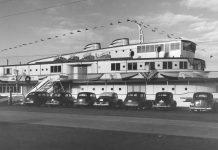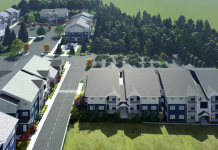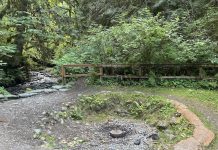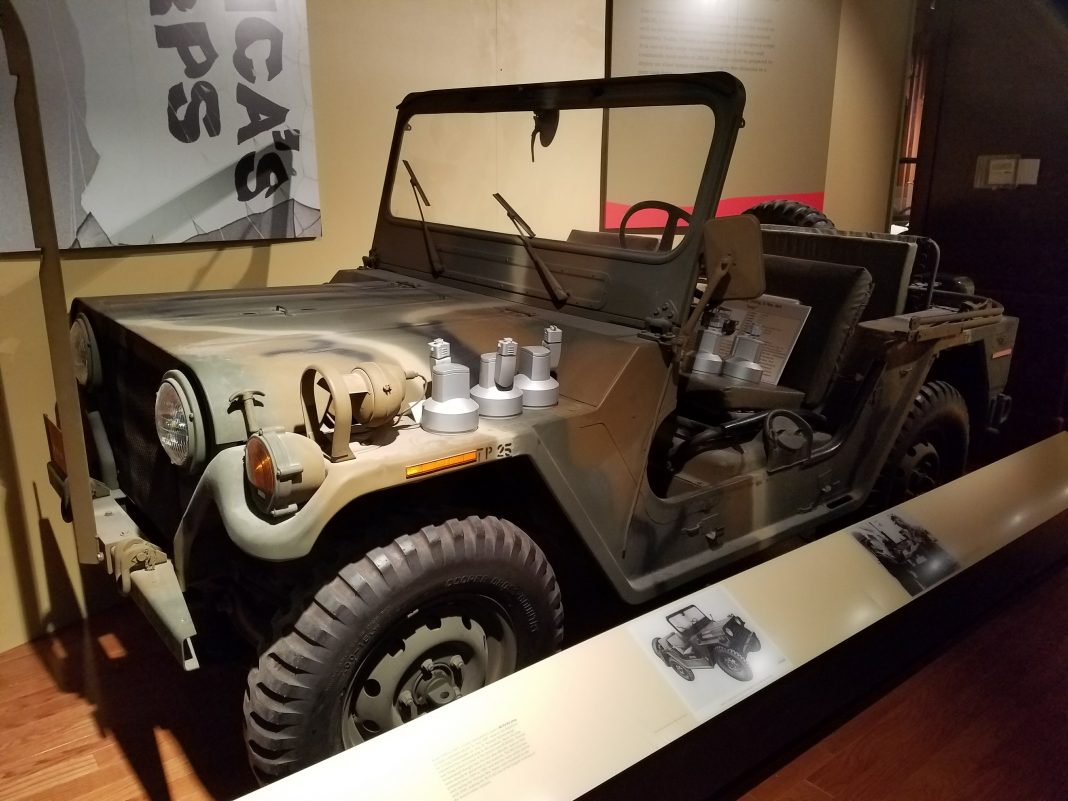During many of his outreaches to the public, Erik Flint, director of the Lewis Army Museum, is consistently asked two questions: Will the museum ever reopen? Do you have to go through the main gate to visit it? And since its temporary closure in July of 2016, Flint and the rest of his team have answers to both.

But first, some history. Originally called the Red Shield Inn, the Lewis Army Museum building was constructed by the Salvation Army in 1919 to house the friends and family of those who served at Camp Lewis. It was turned over to the Army in 1921 and became known as the Camp Lewis Inn. When Camp Lewis turned into Fort Lewis in 1927, it was renamed The Fort Lewis Inn. It remained a hotel until 1972 when the building was condemned for use as a hotel. Rather than tear it down, the post commander at the time broached the idea of turning it into a museum. It has been a museum since 1973.
“What we did previously involved a lot of square glass cases with artifacts with everything done locally,” recalls Flint. “Over the years, the previous museum staff has done fantastic work, an amazing job with very little money.”
In 2009 the museum needed to close again for some retrofitting and opened again with limited days and hours in 2011. Then they acquired funding from the Army’s Center of Military History to do a complete exhibit design and upgrade. “It was the first formal one the museum had ever had,” explains Flint.
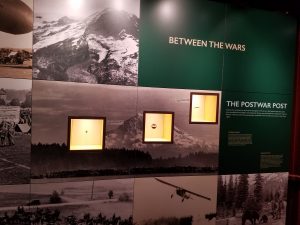
It is important to note that the funds provided by the Center of Military History were designed to upgrade the exhibits not alter them. With the help of a Portland company called Formations Inc., the team made a point to upgrade what was required while maintaining the historical heart of the building.
“The trick was to figure out how to make extremely modern exhibits that are much more approachable than something that’s just behind a glass case while at the same time preserving the architectural feel of a 100-year-old building,” says Flint. “And I think that’s one of the things that the design will accomplish very successfully.”
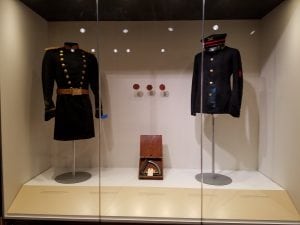
That means modern cases, track lighting, and LED exhibit lights (which do not damage the artifacts the way the incandescent bulbs can), and up-to-date electric wiring. “All the cases,” explains Flint, “from an artifact preservation standpoint, are wonderful because they’re more easily accessible. It’s going to be very professional looking.”
For those who have not had the chance to visit the museum in the past, a special item of note involves a unique artifact known as the Fast Attack Vehicle (FAV).
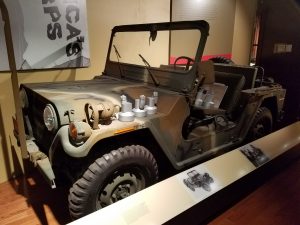
This Chenoweth dune buggy was used by the 9th Infantry Unit Division as part of an experiment in the 1980s. No other Army museum has one. The Lewis Army Museum also boasts a jeep used by Norman “Stormin’ Norman” Schwarzkopf, Jr. during the Gulf War.
Along with the funds to help revamp the museum, the Center of Military History also provided the capital to build a new, public-access parking lot just for the museum. Flint and his team understand the relative hassle for civilians to get on base. “Trying to enter at the front gate could take them ten minutes or it could take them 90 minutes, depending on the threat level here and just how many people are trying to get through,” offers Flint. “What we have available now is a public-access parking lot, meaning that someone who is a US citizen with a valid US ID will be able to get off at I-5’s Exit 119 (the Dupont exit), go down Steilacoom Road, and enter the installation into a fully-fenced parking lot. From there visitors will enter through a pedestrian gate that is manned by a soldier who will be checking ID’s.” This makes it easy for civilians to enjoy the museum without the lines.
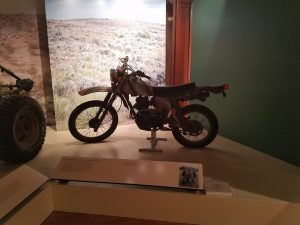
While Flint’s team of workers is currently spending the majority of their time getting ready for the museum’s reopening, the groundwork for future exhibits has already been started. “As we go forward, we have about half of the space on the second floor as potential exhibit space, and we intend to use that as part of our seven-year plan.” Flint and his team are also working with the Washington State Historical Society for future companion exhibits for both the Cold War and the Vietnam conflict.
In the meantime the Lewis Army Museum will reopen its doors on August 31, 2017. There is a small ceremony scheduled at 10:00 a.m. After that the museum will be open Wednesday-Sunday from 10:00 a.m. to 5:00 p.m. starting Labor Day weekend. For up-to-date information, check out the Lewis Army Museum’s Facebook page.





